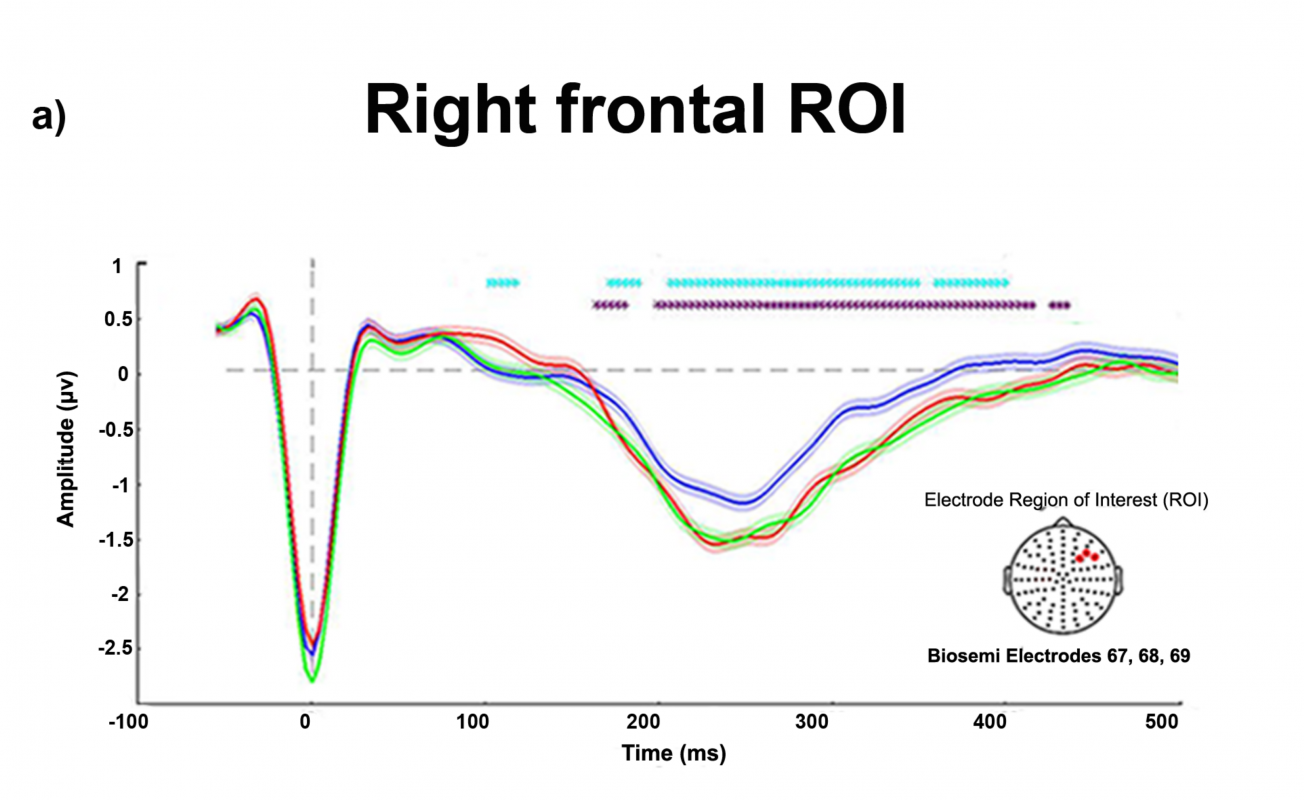Abstract:
Interoception, the monitoring of visceral signals, is often presumed to engage attentional mechanisms specifically devoted to inner bodily sensing. In fact, most standardized interoceptive tasks require directing attention to internal signals. However, most studies in the field have failed to compare attentional modulations between internally- and externally-driven processes, thus probing blind to the specificity of the former. Here we address this issue through a multidimensional approach combining behavioral measures, analyses of event-related potentials and functional connectivity via high-density electroencephalography, and intracranial recordings. In Study 1, 50 healthy volunteers performed a heartbeat detection task as we recorded modulations of the heartbeat-evoked potential (HEP) in three conditions: exteroception, basal interoception (also termed interoceptive accuracy), and post-feedback interoception (sometimes called interoceptive learning). In Study 2, to evaluate whether key interoceptive areas (posterior insula, inferior frontal gyrus, amygdala, and somatosensory cortex) were differentially modulated by externally- and internally-driven processes, we analyzed human intracranial recordings with depth electrodes in these regions. This unique technique provides a very fine grained spatio-temporal resolution compared to other techniques, such as EEG or fMRI. We found that both interoceptive conditions in Study 1 yielded greater HEP amplitudes than the exteroceptive one. In addition, connectivity analysis showed that post-feedback interoception, relative to basal interoception, involved enhanced long-distance connections linking frontal and posterior regions. Moreover, results from Study 2 showed a differentiation between oscillations during basal interoception (broadband: 35–110 Hz) and exteroception (1–35 Hz) in the insula, the amygdala, the somatosensory cortex, and the inferior frontal gyrus. In sum, this work provides convergent evidence for the specificity and dynamics of attentional mechanisms involved in interoception.


